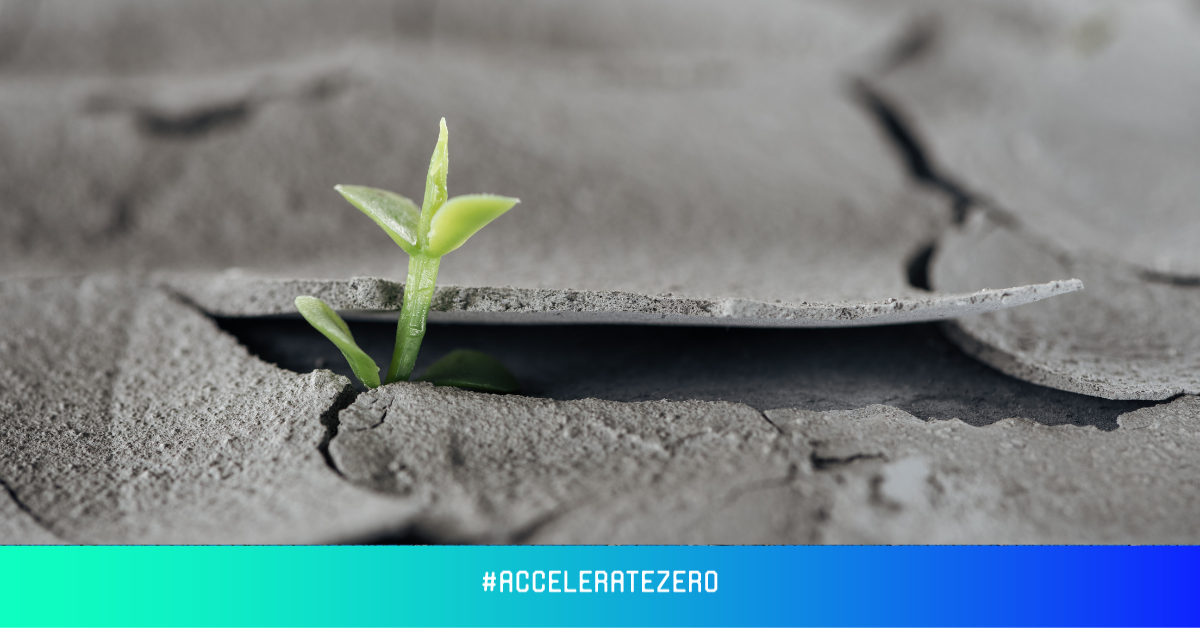Oct 20, 2021 4:49:21 AM
Editorial Team

On August 9th of this year, the world was presented with the latest climate science in the form of the IPCC AR6. This release focused attention on the immensity of the global climate challenge, whilst recognising that we still have the opportunity to take action and avert dangerous climate impacts.
Released every five to seven years, the Assessment Reports from the Intergovernmental Panel on Climate Change (IPCC) are the most robust, renowned, and comprehensive resource for understanding the past, present, and future climate. The IPCC AR6 has been developed over several years and featured input from 751 authors, 78,007 expert and government review comments and, 14,000 cited references – a feat that could not be achieved by any organisation or nation alone.
The IPCC AR6 report quantifies the physical climate drivers that impact all sectors and livelihoods, both historically from measurements and under future climate change scenarios. These scenarios range from those where the world meets the Paris Agreement to others representing a world without climate action. Accompanying reports that consider adaptation and mitigation are due in 2022 – but we shouldn’t wait for these to launch. The IPCC AR6 gives us all the reasons we need now to take greater action and turbo-charge current efforts locally, regionally, and globally.
"The IPCC AR6 report quantifies the physical climate drivers that impact all sectors and livelihoods, both historically from measurements and under future climate change scenarios."
Like those before it, the IPCC AR6 points out that humans are the major cause of our warming planet due to increasing greenhouse gas emissions arising from various activities. Regionally in Australasia, though similarly applicable in other parts of the world, this warming comes with increased intensity and frequency of climate extremes both individually and combined, such as floods, fires, cyclones, drought potential, and heatwaves. Long-term, the IPCC AR6 identifies the unavoidable chronic impacts like sea level rise – currently increasing faster than the global average around the Australian coastline.
Evidence, evidence, evidence.
The IPCC AR6 provides huge amounts of evidence at regional and global scales, backed by confidence ratings for headline statements, interactive visualisation tools, a summary for policymakers, and detailed chapters for use by those with technical expertise. This clearly establishes the urgent need to cease emitting greenhouse gases to avoid dangerous and ‘unprecedented’ climate changes, for which we are ill-prepared.
The IPCC AR6 advances existing scenario approaches through merging the transition Shared Socio-economic Pathways (SSPs) and physical climate Representative Concentration Pathways (RCPs). This merge provides a more holistic approach towards anticipating, mitigating, adapting, and responding to projected climate changes (that is, towards climate resilience).
The IPCC AR6 introduces a new future climate scenario (SSP1-1.9) to help assess the planet’s evolution in the unlikely event we limit global warming to 1.5oC and when we would exceed this threshold under any future scenario. Other scenarios provide evidence of the likelihood of extremes if we meet all current targets and pledges (2oC) or do nothing (4oC).
This evidence is freely available to everyone from policy makers, business leaders and community organisations to use and integrate into decision making and take steps to reduce emissions and adapt.
Aside from an urgent call to cut all emissions immediately, the IPCC AR6 is helping the world pinpoint when, where and by how much the climate will change. This pinpointing helps the world to focus on reducing emissions by sector as well as how to adapt to regional climate extremes, and the report will be a key topic at the upcoming UN Climate Change Conference (COP26). IPCC AR5 drove a step-change in global action, and we expect new actions and
frameworks to stem from the AR6. The IPCC AR5 supported the Paris Agreement at the 2015 Conference of the Parties (COP21), coinciding with the release of the United Nations Sustainable Development Goals and the formation of the Taskforce on Climate Related Financial Disclosures (TCFD) - the most widely adopted climate disclosures framework by companies and now countries like the UK and New Zealand.
The financial impacts of physical climate changes are being examined by major sectors such as the finance sector industry, prompting initiatives and guidance efforts including the Network of Central Banks and Supervisors for Greening the Financial System (NGFS) internationally, and the Australian Climate Measurements Standards Initiative (CMSI) regionally. Regulatory bodies, including Australian Prudential Regulation Authority (APRA) and Bank of England (BoE), have provided guidance to financial institutions on translating the impacts of physical and transition climate risks to credit and other financial risks using the best available climate science and model datasets.
Climate tools, databases and services have been greatly improved and enhanced; aiding application of the complex and vast climate data and information towards understanding the impacts of climate change specific to organisations, operations, communities, and supply and value chains. All the data, tools, and information we have, together with IPCC AR6, means we have all that we need to act.
It’s time to step up and meet the challenge that the IPCC AR6 is presenting to the world. Just like we have done with COVID-19, where the world supported scientific evidence to respond and develop vaccines in record time, the IPCC AR6 can inspire and accelerate action to address global warming. We have the technological and financial capacity already to do this, so let’s meet this challenge head on and create opportunities while, at the same time, creating a better future.
***
About the authors:
Dr Stephanie Downes, Senior Manager, Deloitte – Climate & Sustainability: Stephanie has been a research and government expert reviewer for the five most recent IPCC reports (AR5, SR15, SROCC, SRCCL, and AR6).
Dr Annette Hirsch, Specialist Manager, Deloitte – Climate & Sustainability: Annette was a contributing author on the IPCC SR15.